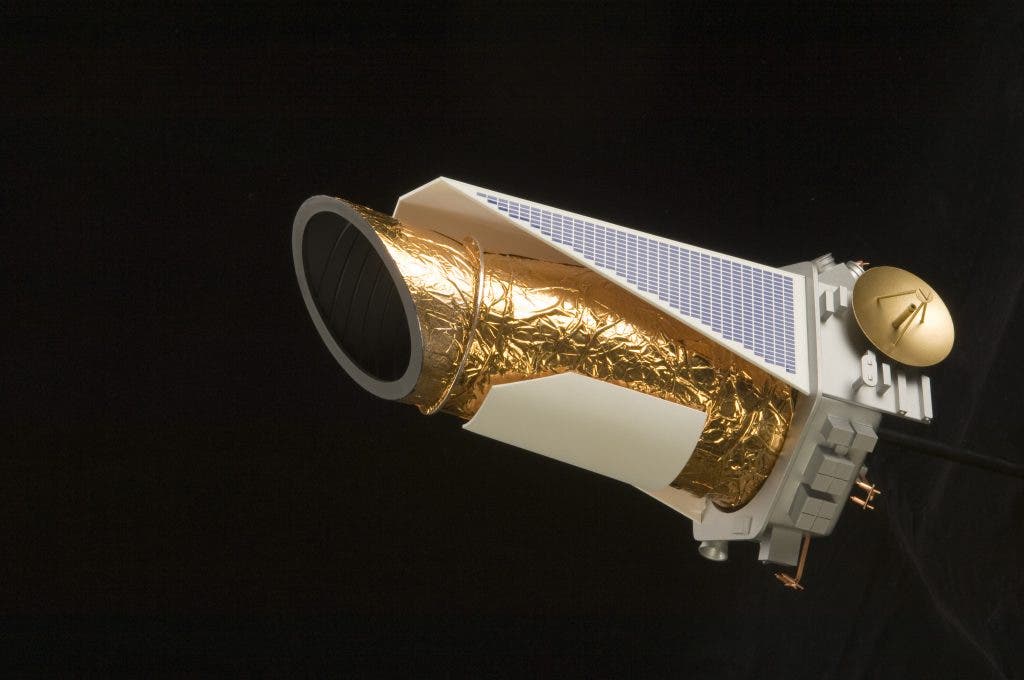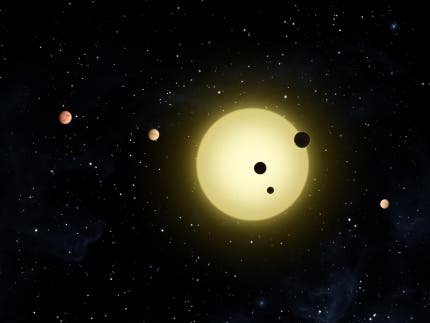Since it was first launched in 2009, the $600 Kepler mission has discovered more than 1,000 alien worlds. Arguably it’s one of the most successful space mission in history so far, further cementing its status as a legend. The milestone was breached after eight newly confirmed exoplanets were added to the tally, two of which are very similar to Earth and thus could support alien life.
The exoplanet hunter

The Kepler telescope was deployed to probe our Milky Way galaxy for alien planets, in order to see how frequent planets are. It wasn’t long until the first candidates came pouring in, and as of now there are 1,004 confirmed alien planets. Unfortunately, two of the four gyroscope-like reaction wheels that keep Kepler pointed in the right direction have broken down and can’t be fixed. But even if the telescope won’t be collecting any more planet-hunting data, there’s still lots of information to sift through. Scientists have 3,200 additional planet candidates marked by Kepler that they need to probe, 90% of which should end up being confirmed according to the statistical data available so far. Indeed, this should keep them busy for years and years ahead, long enough until the next generation exoplanet hunting telescope will come online: the James Webb Space Telescope.
“Each result from the planet-hunting Kepler mission’s treasure trove of data takes us another step closer to answering the question of whether we are alone in the Universe,” said John Grunsfeld, associate administrator of NASA’s Science Mission Directorate at the agency’s headquarters in Washington. “The Kepler team and its science community continue to produce impressive results with the data from this venerable explorer.”

Two of the newly validated planets, Kepler-438b and Kepler-442b, are less than 1.5 times the diameter of Earth. Kepler-438b, 475 light-years away, is 12 percent bigger than Earth and orbits its star once every 35.2 days. Kepler-442b, 1,100 light-years away, is 33 percent bigger than Earth and orbits its star once every 112 days. Both planets orbit smaller and cooler suns than our own
“With each new discovery of these small, possibly rocky worlds, our confidence strengthens in the determination of the true frequency of planets like Earth,” said co-author Doug Caldwell, SETI Institute Kepler scientist at NASA’s Ames Research Center at Moffett Field, California. “The day is on the horizon when we’ll know how common temperate, rocky planets like Earth are.”
Right now, following observations made between May 2009 to April 2013, the candidate count stands at a whooping 4,175. Eight of these new candidates are between one to two times the size of Earth, and orbit in their sun’s habitable zone. This includes a planet that’s most similar to Earth in terms of size and mass, a Neptune-sized planet with water vapour in its atmosphere.

To discover alien planets, Kepler used the transient method in which blips in a star’s brightness are analyzed for telltale signs of an alien planet passover. When an exoplanet orbits its host star and reaches a point in line with the observer (kepler) and the host star, it blocks the incoming light in specific way. Judging from how long the brightness dip lasts, what wavelengths of light become absorbed and so on, scientists can infer size, mass and even atmospheric composition of planets even thousands of light years away. Obviously, bigger planets like those the size of Jupiter are easier to find; they’re the most numerous discovered thus far. Earth-like planets are harder to come by. Earth-like planets that orbit Sun-like stars are even rarer.


